



Sluisweg 10 | 5145 PE Waalwijk | Netherlands +31 416 689 111
Contact us | stahl.com
We welcome your feedback and suggestions regarding this ESG report. Click here to share your input.

We use water from municipalities (public water) and groundwater in our operations. Our manufacturing sites use water for making our products, cleaning tanks and pipes, and for heating and cooling. We also use water in our offices and laboratories. In 2023, water withdrawals were reduced due to locally driven initiatives at our sites, such as using recycled wastewater in operations, employing pipeline cleaning techniques such as pigging, and investing in high-pressure cleaning units for reactors.
Case study: Cleaner Ganges Project
Advancing new water-based technology
TOPICS
Water


Back to top
The Cleaner Ganges project
Over the past 20 years, water-based technology has steadily replaced petrochemical solvent-based products in Stahl’s leather finish and performance coatings portfolios. Water-based products typically have a much lower carbon footprint than their (fossil) solvent-based equivalents. In 2023, 59% of Stahl’s sales revenue came from water-based products (defined as containing >50% water and <15% co-solvent). An independent critical review of the product carbon footprint of a Stahl water-based product showed a significantly lower carbon footprint when compared to an equivalent solvent-based product in the portfolio.
In addition to reducing our own water consumption, Stahl develops solutions to help our customers and other value chain partners limit their water consumption and maximise wastewater recycling in their own production processes. For example, Stahl’s EasyWhite Tan® metal-free tanning solution enables leather tanneries to reduce their water consumption during the tanning process. Wastewater from Stahl EasyWhite Tan® tanning can also be captured and reused in the liming process. This helps reduce both water consumption and effluent discharge.
Data verified and validated by Deloitte
*Intensity is related to production volumes (water consumption per tonnes produced)
Water usage data
Note: The water consumption indicator is calculated by subtracting water released into the environment from the water consumed (from public water, groundwater, third-party suppliers) at Stahl locations. The data excludes water consumed by offices and laboratories that are not connected to production facilities. This methodology was adopted in 2023 to align already with the Corporate Sustainability Reporting Directive (CSRD), and was not applicable to 2022, as per the table above.

The Kanpur leather cluster is one of India’s most important areas for leather production, but the wastewater it produces is a pressing issue. In 2017, Stahl entered into a five-year public-private partnership to reduce the environmental impact of leather production in Kanpur. Partners included Solidaridad, PUM Netherlands, the Ganges Pollution Control Unit, the Sustainable Water Fund (FDW) and the Dutch Ministry of Foreign Affairs.
Stahl's approach was twofold. We introduced an innovative ‘pickle-free’ tanning process that significantly reduced the amount of wastewater. We also shared our expertise through the Stahl Campus® programme established at the Centre of Excellence in Kanpur, which focused on responsible chemistry and sustainable leather technologies. This Kanpur project will be finalised in June 2024.
IMPACT AND USE

Back to top

The Kanpur leather cluster is one of India’s most important areas for leather production, but the wastewater it produces is a pressing issue. In 2017, Stahl entered into a five-year public-private partnership to reduce the environmental impact of leather production in Kanpur. Partners included Solidaridad, PUM Netherlands, the Ganges Pollution Control Unit, the Sustainable Water Fund (FDW) and the Dutch Ministry of Foreign Affairs.
Stahl's approach was twofold. We introduced an innovative ‘pickle-free’ tanning process that significantly reduced the amount of wastewater. We also shared our expertise through the Stahl Campus® programme established at the Centre of Excellence in Kanpur, which focused on responsible chemistry and sustainable leather technologies. This Kanpur project will be finalised in June 2024.
The Cleaner Ganges project





Sluisweg 10 | 5145 PE Waalwijk | Netherlands +31 416 689 111
Contact us | stahl.com

We welcome your feedback and suggestions regarding this ESG report. Click here to share your input.
Over the past 20 years, water-based technology has steadily replaced petrochemical solvent-based products in Stahl’s leather finish and performance coatings portfolios. Water-based products typically have a much lower carbon footprint than their (fossil) solvent-based equivalents. In 2023, 59% of Stahl’s sales revenue came from water-based products (defined as containing >50% water and <15% co-solvent). An independent critical review of the product carbon footprint of a Stahl water-based product showed a significantly lower carbon footprint when compared to an equivalent solvent-based product in the portfolio.
In addition to reducing our own water consumption, Stahl develops solutions to help our customers and other value chain partners limit their water consumption and maximise wastewater recycling in their own production processes. For example, Stahl’s EasyWhite Tan® metal-free tanning solution enables leather tanneries to reduce their water consumption during the tanning process. Wastewater from Stahl EasyWhite Tan® tanning can also be captured and reused in the liming process. This helps reduce both water consumption and effluent discharge.
Note: The water consumption indicator is calculated by subtracting water released into the environment from the water consumed (from public water, groundwater, third-party suppliers) at Stahl locations. The data excludes water consumed by offices and laboratories that are not connected to production facilities. This methodology was adopted in 2023 to align already with the Corporate Sustainability Reporting Directive (CSRD), and was not applicable to 2022, as per the table above.
*Intensity is related to production volumes (water consumption per tonnes produced)
Water usage data
We use water from municipalities (public water) and groundwater in our operations. Our manufacturing sites use water for making our products, cleaning tanks and pipes, and for heating and cooling. We also use water in our offices and laboratories. In 2023, water withdrawals were reduced due to locally driven initiatives at our sites, such as using recycled wastewater in operations, employing pipeline cleaning techniques such as pigging, and investing in high-pressure cleaning units for reactors.
Case study: Cleaner Ganges Project
Water
TOPICS
Advancing new water-based technology
IMPACT AND USE
